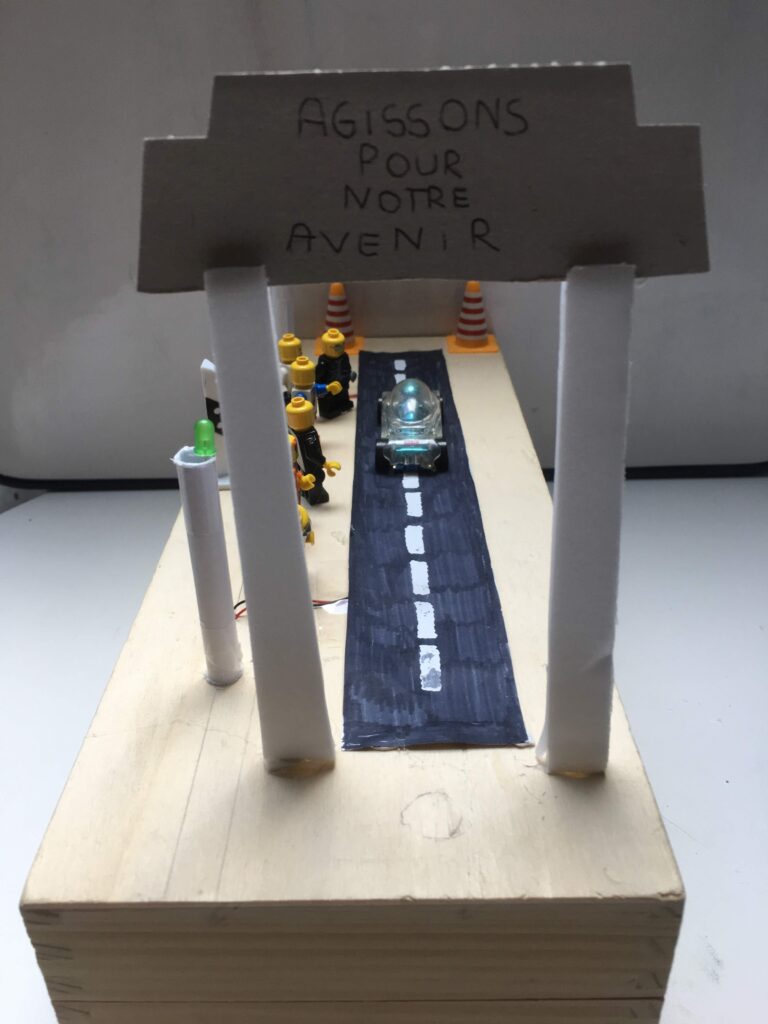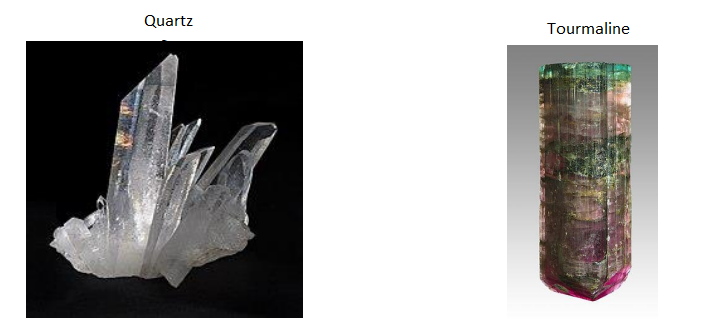In this article, I will present the TPE (Practical and Supervised Work) project that I conducted in my first year of high school. I had to do a project that combined the subjects of Physical Education and Physics and Chemistry. So, I focused my research on finding a way to produce energy through physical activity. I thought it would be an interesting subject, and it would also help to combat climate change.

Thus, in conducting a literature review on the topic, I noticed that there was a company called Pavagen that had already produced tiles that can generate electricity. When pedestrians walk on the sidewalk or on the installed electric tiles, the kinetic energy of their steps is captured to create electric energy. The amount of energy produced varies depending on the pressure exerted on the tiles, generating between 4 to 7 watts per step taken. The number of watts depends on the weight of the person. Therefore, we could power many things with this technology, considering that an average person takes around 6,000 to 7,000 steps per day, which equates to about 36,000 watts. These tiles operate on the principle of piezoelectricity.

The term « piezoelectricity » comes from the Greek « piezain », meaning « to press » or « to push ». In 1817, Abbe René Juste Hauy discovered that when pressure is applied to certain crystals, electricity appears on their surface, which was confirmed by Pierre and Jacques Curie in 1880. The Curie brothers discovered the direct piezoelectric effect, which is the property that some materials have to become electrically polarized under mechanical stress. There is also the inverse piezoelectric effect, which involves applying an electric field to a material, resulting in its deformation.

The main application of this technology is in watchmaking. Indeed, quartz is used in watchmaking, as it is a mineral that contains piezoelectric properties. When a voltage is provided by a battery, the quartz crystal begins to vibrate, allowing time to be measured. It is also commonly used in piezoelectric lighters. By pressing the button, the piezoelectric element is subjected to pressure, which then transforms the mechanical energy into electrical energy.

Here are some materials with piezoelectric properties :

Prototype
After my study on piezoelectricity, I decided to design a prototype of a piezoelectric road. For this design, I chose to use an Arduino Uno board, two piezoelectric elements, two LEDs, and two 120k Ohm resistors.




I connected all these components to the Arduino, which allowed us to code the piezoelectric elements so that the deformation of the piezoelectric elements would trigger the respective LED lights.
As shown in the images below, when pressure is applied, for example by a car, on the piezoelectric element, the green LED lights up.

Experiments
During this TPE, we conducted several experiments, including with our model.
Experiment 1:
One of our first experiments was to measure the voltage produced by a piezoelectric element to see if it depended on the intensity of the pressure applied. To do this, we obtained a piezoelectric element and connected it to a voltmeter. We then applied different pressures and recorded the voltage across the terminals. We obtained a maximum value of 2.57 volts, but it required a very high pressure on the element. However, our values were typically around 0.50 volts. With this experiment, we were able to see that a voltage was produced but that it was weak.

In a second experiment, we used a ball that was dropped onto the piezoelectric element while varying the height. The results were presented in a table below. With this experiment, we were able to observe that the greater the force applied on the element, the greater the produced voltage. This shows a relationship between the voltage created and the mechanical force applied on the element.

Experiment 2:
In another experiment, we attempted to apply different pressures to observe if the produced current varied with the force applied using our model. Initially, we attempted to measure this with an ammeter, but we did not obtain any readings. We then used an amperometric clamp, which yielded a value of 0.02 A in each case. However, the measurement device was not precise enough for the low values we were trying to detect.

Experiment 3:
The setup for the last experiment was a circuit consisting of a series-connected LED, a push-button, and a 22-microfarad capacitor in parallel with the piezoelectric element. We applied pressure with our finger on the piezoelectric element at regular intervals of 1/10th of a second. We then allowed the stored electricity in the capacitor to pass through the push-button to see if it was sufficient to light up an LED. We varied the number of pressures to see how many were required to light up the LED. We observed that it took 125 pressures to generate the required electricity to light up the LED.


In a subsequent step, we used a voltmeter to measure the voltage across the capacitor as a function of the number of pressures. We found that 2 volts were reached at 120 pressures, which was the voltage required to light up the LED. This confirms the results of the first experiment. We could have performed another experiment by varying the number of piezoelectric elements that charged the capacitor to see if the total number of pressures required to light up the LED was the same in this case. For example, we could have connected three piezoelectric elements in parallel and applied a series of simultaneous pressures to the elements to see if the total number of pressures required was lower or higher than in the circuit with a single element. These experiments demonstrate that we can use piezoelectric technology as an everyday energy source, but its efficiency is low.
Conclusion
The subjects of physics, chemistry, and sports have allowed me to access a new form of knowledge seeking. To connect these two subjects, I have chosen the theme « acting for my future, » focusing on renewable energy and the issue of harnessing energy from athletes and pedestrians.
Nowadays, producing clean electricity has become a major concern, and energy is the driving force of the world. The energy produced by athletes and pedestrians is kinetic energy, which is the energy a body possesses due to its movement. To produce this energy, new applications of piezoelectricity have emerged that aim to capture the action and movement of each pedestrian or athlete. This new technology has even touched the commercial realm with new companies like Pavegen that aim to equip the world’s streets with their piezoelectric sensors. This is how I can now harness the energy of pedestrians and athletes to act for my future.